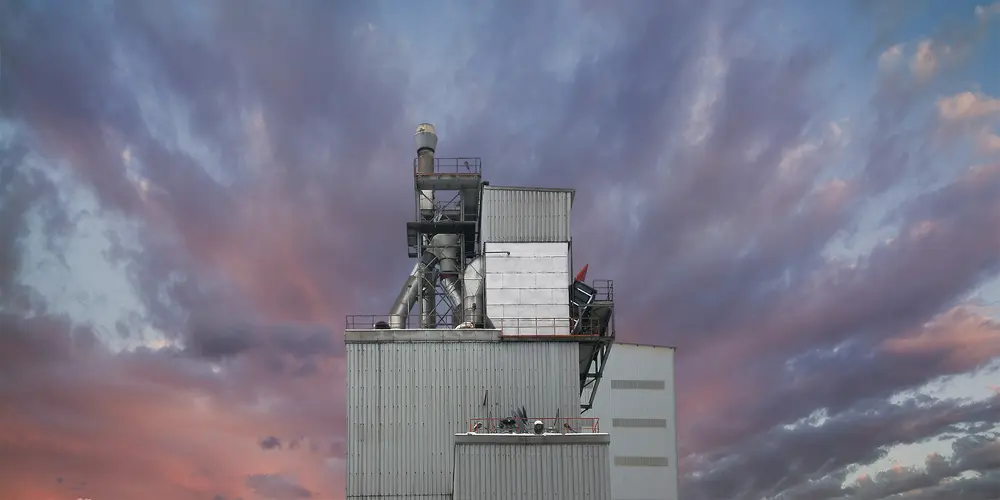Dust Explosions: Understanding the Risks and Preventive Measures
Introduction
Dust explosions pose significant hazards in various industries, often leading to catastrophic consequences including loss of life, substantial property damage, and prolonged operational disruptions. Understanding the mechanics behind dust explosions, the conditions under which they occur, and the measures necessary to prevent them is crucial for ensuring workplace safety.
What is a Dust Explosion?
A dust explosion occurs when fine particles suspended in the air ignite and burn rapidly, resulting in a violent release of energy. This phenomenon is analogous to a gas or vapor explosion but involves particulate matter. Dust explosions can occur in any industry where combustible dust is produced, processed, or handled.
Mechanism of a Dust Explosion
For a dust explosion to occur, five elements must be present simultaneously, often referred to as the “Dust Explosion Pentagon”:
- Fuel (Combustible Dust): Fine particles of material that can burn, such as grain, sugar, coal, metal, or plastic dust.
- Oxygen: Air provides the necessary oxygen for combustion.
- Ignition Source: A spark, flame, hot surface, or other heat sources that can ignite the dust cloud.
- Dispersion: The dust must be dispersed in the air at a sufficient concentration.
- Confinement: An enclosure or a confined space that can build up pressure when the dust ignites.
Removing any one of these elements can prevent an explosion.
Prevention Strategies
Preventing dust explosions requires a multifaceted approach, focusing on minimizing dust accumulation, controlling ignition sources, and implementing safety systems.
- Housekeeping and Dust Control:
- Regular cleaning and maintenance to prevent dust build-up on surfaces.
- Use of dust collection systems and industrial vacuums designed for explosive dusts.
- Sealing equipment and using dust-tight enclosures to minimize dust escape.
- Ignition Source Control:
- Implementing strict hot work permits and controls.
- Using intrinsically safe tools and electrical equipment.
- Regular inspection and maintenance of machinery to prevent overheating and sparks.
- Ventilation and Dust Extraction:
- Installing proper ventilation systems to reduce dust concentrations in the air.
- Using local exhaust ventilation at points of dust generation.
- Explosion Protection Systems:
- Installing explosion vents and suppression systems to mitigate the effects of an explosion.
- Using isolation barriers to prevent the spread of explosions through ductwork and equipment.
- Training and Awareness:
- Regular training for employees on the hazards of combustible dust and safe work practices.
- Developing and practicing emergency response plans.
Regulatory and Standards Compliance
Compliance with national and international standards is critical for dust explosion prevention. Key standards and regulations include:
- OSHA’s Combustible Dust National Emphasis Program (NEP): Provides guidelines for inspections and enforcement.
- NFPA Standards: NFPA 652 (Fundamentals of Combustible Dust), NFPA 654 (Standard for the Prevention of Fire and Dust Explosions from the Manufacturing, Processing, and Handling of Combustible Particulate Solids), and others.
- ATEX Directives and relevant EN (European Norms)
Dust explosions are a serious threat in many industries, but with proper understanding and implementation of preventive measures, the risks can be significantly reduced. Through rigorous housekeeping, control of ignition sources, adequate ventilation, installation of explosion protection systems, and continuous training, industries can create safer working environments and protect their employees and assets from the devastating effects of dust explosions.
Ensuring compliance with relevant regulations and standards is not just a legal obligation but a critical component of comprehensive industrial safety management. With assistance of CoalMillSafety✓ you can do it right.
